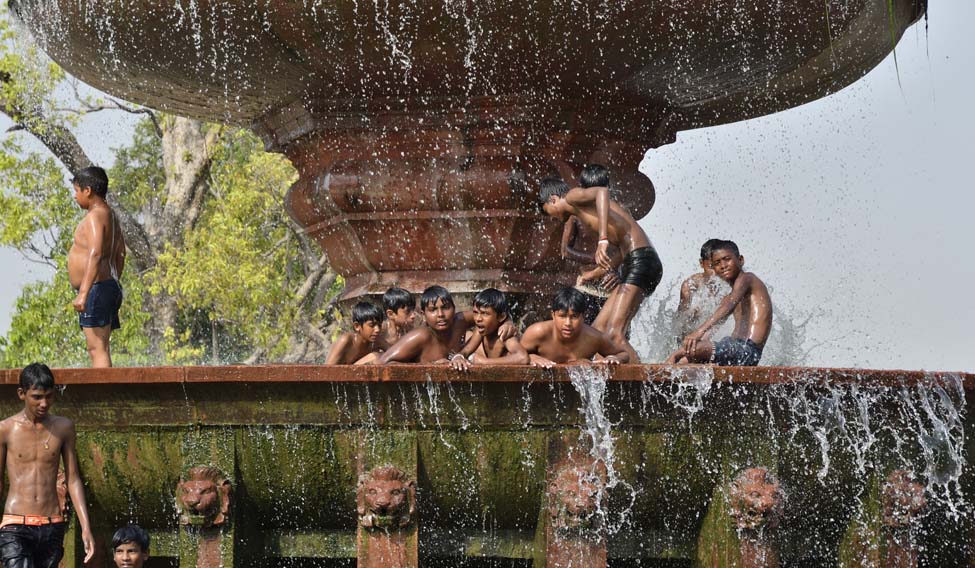The ongoing heatwave, which has north India in its grip, is likely to abate by April 20, though Rajasthan will probably bake for another day. But even as the Indian Meteorological Department (IMD) predicts a summer of discontent for north India, with average summer temperature being one degree centigrade above normal and higher, much of the country does not have any heat action plan ready.
Over the last couple of years, there were discussions on declaring heat wave as a natural disaster (like a flood or cyclone), so that the administration can plan towards mitigating its effects. The IMD, some days ago, organised a national workshop on heat wave action plan, which included participants from the National Disaster Relief Force (NDRF), medical associations, municipal and non-governmental organisations.
Among the recommendations at the workshop were an action plan based on advance and timely forecasts. While the weather bureau is tasked with bulletins and dissemination of information, other authorities need to issue warnings about not being in the open between 11 am and 4 pm, and ensure that hospitals are eqiupped to deal with a large number of cases at one go. A heat action plan also requires that schools be declared shut when a warning is issued. While these are instant measures, which most cities could quickly respond to, it is the infrastructural and long-term measures against heat that requires a planning which cities haven't yet started doing.
Gujarat, which reeled under a severe heat wave in 2010 that claimed 1,300 lives, has among the best heat action plans in the country. Ahmedabad is the leader, followed by Surat, said M.Mohapatra of IMD. A heat wave in 2015 in Gujarat saw only seven deaths, due to effective management. Seven cities along the central belt of India (Gujarat to Orissa) including Nagpur and Bhubaneshwar have developed plans, too, whose effect should be seen this year. However, all of north India, which includes Punjab, Haryana, Delhi, Uttar Pradesh, Rajasthan, Madhya Pradesh, Maharashtra, Chhattisgarh, Gujarat, Bihar, Jharkhand, Orissa and West Bengal are expected to see an above normal summer. They all need to have plans ready.
A heat wave occurs when temperature rises five degrees above normal for an area, and any temperature above 45 degrees. Tempreratures above 47 degrees classify as severe heat wave. The IMD has also come up with a colour coding of four colours (green for `no warning' , yellow for `be updated', orange for `keep vigil' and red to `take action'). The ongoing heat wave is yellow coded.
"An action plan needs the local authorities to have shelters for vulnerable populations, where are we seeing this happening?'' asks Air Marshall G.P.Sharma, former head of the Air Force's meteorological branch. "The infrastructure should be ready before summer kicks in.''
The Ahmedabad model, which is seen as the template is a success story of people and public participation. It focusses on several doable steps, like ensuring there is no power failure during a heat wave. It also ensures that public fountains are working, and there are enough trees in avenues. It ensures access to public gardens. All these steps give vulnerable populace a place to head to when temperatures rise. Fountains and gardens also prevent creation of heat islands, an urban phenomenon due to concretisation.
A recent initiative by Ahmedabad promotes white roofs, which reflect light heat instead of absorbing it. From lime washes to white pain or just white tarpaulin in slums, to white mosiac tiled roofs in better off homes, these steps reduce indoor heat by as much a five degrees.
The IMD has shown the way with timely bulletins. This year it warned of the heat wave several days in advance giving enough reaction time. "We issue a daily bulletin at 4 pm. We also send special bulletins to the chief secretaries of affected states, as well as medical associations and health organisations," said Mahapatra.





